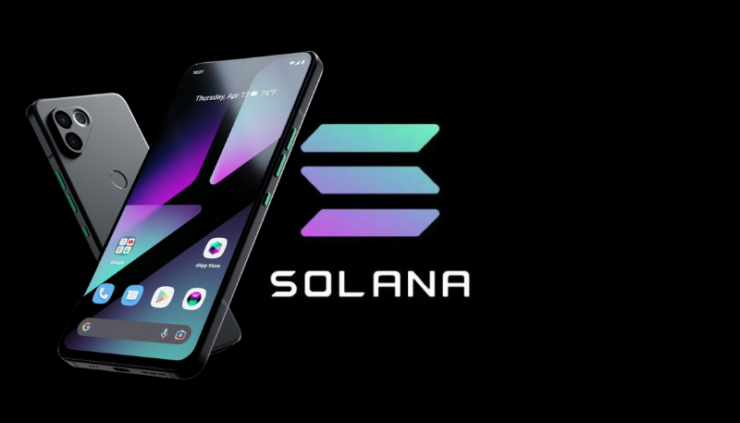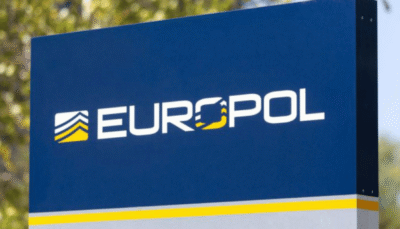Solana Mobile is not just another smartphone, it’s a bold leap toward bringing Web3 technology directly into users’ hands.
Designed specifically for the Solana blockchain, this device promises to bridge the gap between decentralized apps (dApps), digital assets, and everyday smartphone use.
By embedding native Web3 capabilities, Solana Mobile aims to turn your phone into a crypto wallet, NFT marketplace, and dApp browser, all rolled into one high-performance device.
For users, the launch of Solana Mobile signals a significant shift in how digital assets are accessed and managed. In an era where smartphones dominate daily life, this device promises to deliver unprecedented convenience for crypto enthusiasts and traders alike.
With full support for the Solana Mobile Stack (SMS), a suite of tools built to streamline Web3 app development — users can expect seamless interactions with decentralized finance (DeFi), NFT marketplaces, and dApps. Imagine trading NFTs, managing your portfolio, or staking assets directly from your phone without relying on clunky third-party apps or browsers.
More than a phone, Solana Mobile is positioning itself as a gateway to Web3, giving users control over their digital identities and assets, all within a sleek, user-friendly interface.
Testing Underway, Shipping Set for Summer 2025
Solana Mobile has officially entered its testing phase, with developers fine-tuning the user experience. If all goes as planned, the device will hit the market by Summer 2025, marking a new era where mobile blockchain integration moves from concept to reality.

This rollout represents more than just a product launch — it could set a new standard for how Web3 platforms engage users on mobile, potentially spurring competitors to follow suit.
The timing couldn’t be better. The Solana ecosystem continues to build momentum across several fronts. In February, Jupiter Exchange — one of Solana’s key decentralized platforms — smashed its revenue records, generating a staggering $33 million monthly.
Fueling this surge were two major features: Jupiter Perps, offering perpetual contracts, and Ultra Swaps Mode, which enhanced trade execution speed and efficiency. Together, these features attracted a surge in trader activity, cementing Jupiter’s position as a heavyweight in the DeFi space.
What’s Next for Solana Mobile and the Web3 Race?
Solana Mobile’s arrival could accelerate the mainstream adoption of decentralized technology by offering a simplified, mobile-native experience. The success of platforms like Jupiter only adds weight to Solana’s broader vision, creating a vibrant, accessible ecosystem where crypto isn’t just confined to desktops or complex interfaces.
As the 2025 launch approaches, all eyes will be on how well Solana Mobile balances performance, security, and usability — key factors that could determine whether it becomes a game-changer or just another device in an already crowded market.
The Takeaway
Solana Mobile is more than a tech product; it’s a statement about the future of Web3. By embedding blockchain capabilities into a smartphone, Solana is betting big on making crypto interactions as effortless as sending a text.
If successful, this device could reshape how users engage with the decentralized world, setting the stage for a future where Web3 fits squarely in your pocket.





